
The business impact of modeling and simulation tools is not well understood and requires clarification of their benefits to drug development.

The business impact of modeling and simulation tools is not well understood and requires clarification of their benefits to drug development.

Modeling techniques can improve process control and monitoring in biopharmaceutical production.

The increased number of regulatory filings for cell and gene therapies requires reevaluation of bioassay methods because of their complexity.

The adoption of single-use technologies in fluid-handling systems helps streamline downstream bioprocessing operations.

The need for real-time monitoring and control has spurred the development of new analytical tools.

The collaboration addresses the need for risk mitigation plans in cell therapies.

A holistic approach to validation and quality assurance is essential.

The shift to single-use technologies is driving the need for innovation in PAT-friendly sensor technologies.

AFI representatives of the process validation working group explore and define key elements for an enhanced approach to process validation for sterile liquid and freeze-dried forms.

As technology matures, inefficiencies and process limitations in downstream process chromatography are improved.

Process modeling offers an opportunity to troubleshoot for and anticipate difficult aspects of a bioprocess.

Identifying the source, assessing the risk, and removing residual impurities requires a strategic approach.
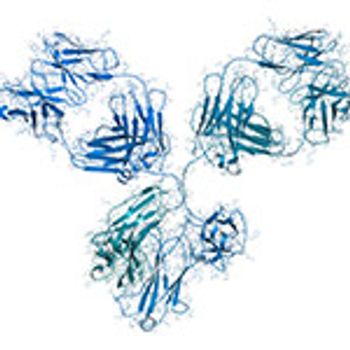
In this peer-reviewed article, the authors present a series of experimental studies showcasing the performance of MMS in secondary-structure biopharma characterization and compare it with conventional FTIR data.

Synthetic biology has advanced the scope and scale with which biologically derived therapeutics can be developed.

The trend toward personalized medicines includes more complex manufacturing cycles that can benefit from advanced process modeling early on in the therapeutics’ development.

Focusing on symptoms instead of root causes locks teams into a corrective, rather than preventive, mindset.
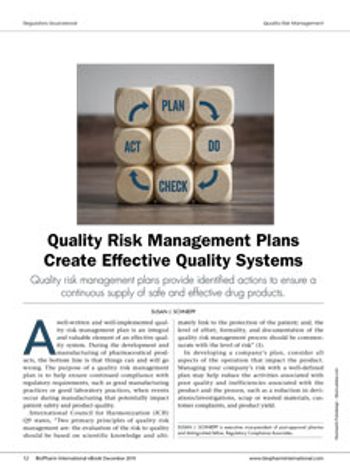
Quality risk management plans provide identified actions to ensure a continuous supply of safe and effective drug products

In batch production, efficient exception management means reducing the time required to identify, review, and resolve process exceptions. Incorporating review by exception functionality within manufacturing execution system (MES) software can streamline biopharmaceutical product release.
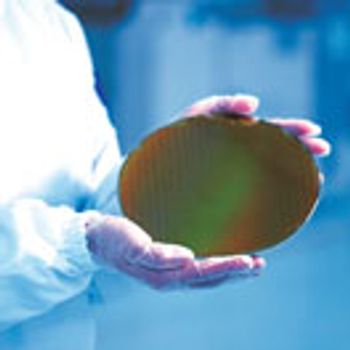
Applying lessons of raw materials’ characterization and supply-chain control from the semiconductor industry allow more rigorous control of the biopharmaceutical manufacturing process.

The use of scale-down models allows for the theoretical optimization of processes and for troubleshooting problems during the developmental stage.
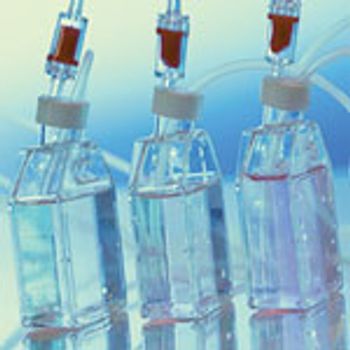
Using a QbD approach from early-stage development through commercialization can ensure that upstream processes are efficient and reliable.

Quality by design brings both challenges and benefits to the development of downstream processes.

Getting the science right helps biopharma startups overcome development and commercialization challenges.
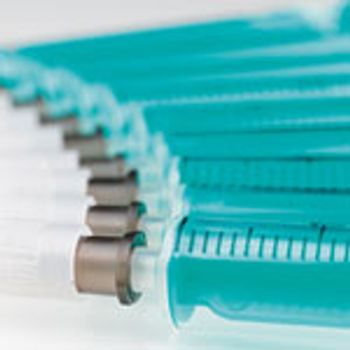
Both empty and filled syringes must pass a range of tests to meet quality standards for biopharmaceutical drugs.

A properly designed validation program will detect variation and ensure control based on process risk.